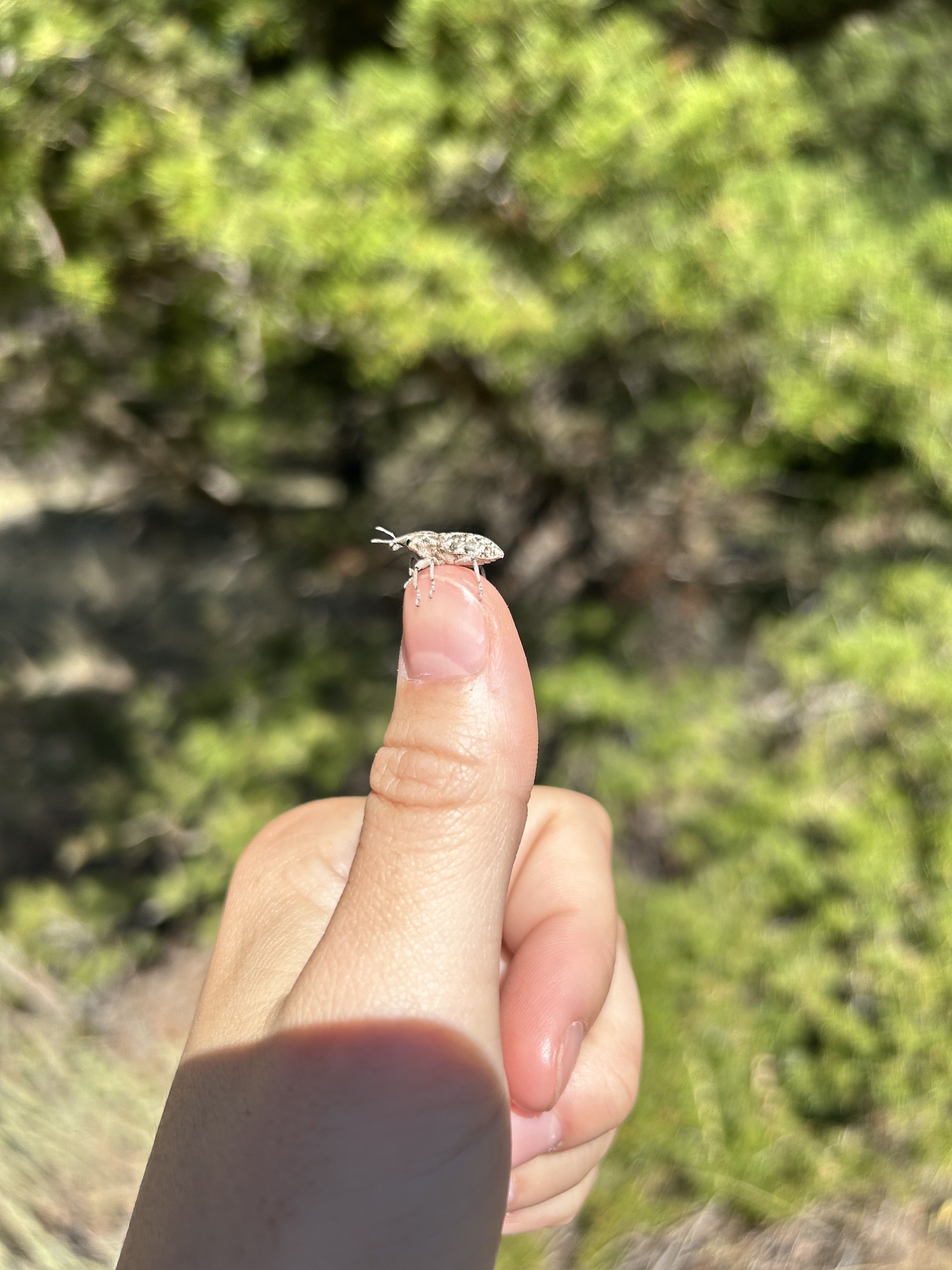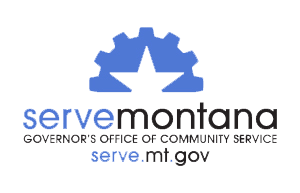
On a recent trail run on the Painted Hills trail, which weaves through grasslands and agricultural fields on the south edge of Bozeman, I stopped to take in the view. Across the ravine from me, a mountain biker wove gracefully down switchbacks that snaked through the golden grass. Below me, cattails in a swath of green wetland swayed in the breeze. To the north, the Bridger Mountains rose dramatically from the Gallatin Valley floor, with 9,181-foot Baldy Mountain whitecapped with one of the first snows of fall. To the south were the rolling green foothills of the Gallatin Range. If I continued along this trail, I could reach these foothills in half an hour’s time, connecting to Triple Tree trail where I could run beneath the aspens and pines.
People move to Bozeman for views and experiences like this. The mountain views, vast open spaces, and endless recreational opportunities draw in hundreds, if not thousands of new residents every year. Bozeman’s population grew 43% from 2010 to 2020, evidenced in the creeping city limits, where entire new neighborhoods sometime seem to appear overnight.
That keeps things interesting at Gallatin Valley Land Trust (GVLT), where I’ve served as an AmeriCorps member through the Big Sky Watershed Corps program since May. The land around Bozeman is some of the most wild in the Lower 48, adjacent to Yellowstone National Park, and critical for wildlife movement. How do we grow as a welcoming community for all who want to live here – without losing what makes it so special in the process?
GVLT has a somewhat unusual tagline as a land trust: “Trails and Conservation.” While many land trusts solely focus on land conservation, GVLT also has a team dedicated to the development and stewardship of trails across the community.
Trails are the primary place where people and wild lands come into direct interaction – and the way we design and manage them is how we decide if that interaction is for better or for worse. Trails planned properly are vessels for transportation, exercise, and enjoyment of the company we hike with and the nature around us. They steer people toward the beautiful places we all want to explore while disturbing the minimum amount of habitat and keeping users away from sensitive areas for our native flora and fauna. When we prioritize proper maintenance of our trails, we prevent problems with erosion, trail widening, and social trail formation, all of which can damage habitat and make for a less safe and enjoyable trail experience. When we commit to outdoor education and outreach, we create a well-informed trail community that practices leave-no-trace ethics to leave sites better than how they were found. And when we invest in the future of trail development, we get to enjoy more of our mountains and meadows – without blaring a horn at our neighbors over the last parking spot on a Saturday morning.
These things don’t just happen on their own. Trails everywhere get neglected. Slopes erode away as sediment flushes down a trail corridor without proper drainage, trail etiquette gets forgotten, and with it so do endless piles of dog poop in the woods. Outdated trail and parking infrastructure leave recreators frustrated by crowds rather than refreshed by time spent outside. It takes leaders and a community committed to its trails – building and maintaining them, the right way, and recognizing that it takes money and time to do so – for trails to become part of the conservation story.
I was reminded of this on my recent trail run through Painted Hills. The trail tread beneath my feet was not put there by chance. It is part of a vision by GVLT to connect Main Street in downtown Bozeman to the mountains that encircle the city – a vision that took decades of working with private landowners and government entities to patch together a connected trail. My view at the top of the ravine revealed carefully designed switchbacks, providing trail users with a pleasant journey up and down the steep hillside without causing the slope to erode into the fragile wetland below. In that wetland, a boardwalk spans a trickling stream and spongy ground. The boardwalk was built this past fall to replace a culvert that constricted the flow of groundwater through the wetland, therefore re-naturalizing the area and making for a less soppy trail experience for trail users like me.
Bozeman is going to keep growing, and as it does, so will demand on our trail network. This influx does not, by any means, require an inverse relationship with the quality of the natural resources around us. Just like the land around us demands care, respect, and a plan for growth, so do our trails require stewardship and intentionality. For many people, trails are the thread that ties them to Montana’s wild places. They cannot be an afterthought. Rather, when we center trails in our vision of a sustainable community, both the land and the people who love the land win.

![[Image Description: Four MCC members wade across a river. In the background, there are hillsides covered in gold from the quaking aspens, and deep green pine trees.]](https://cdn.firespring.com/images/bc3da824-0c18-4b37-a2dd-27ae52872fd1.jpg)



